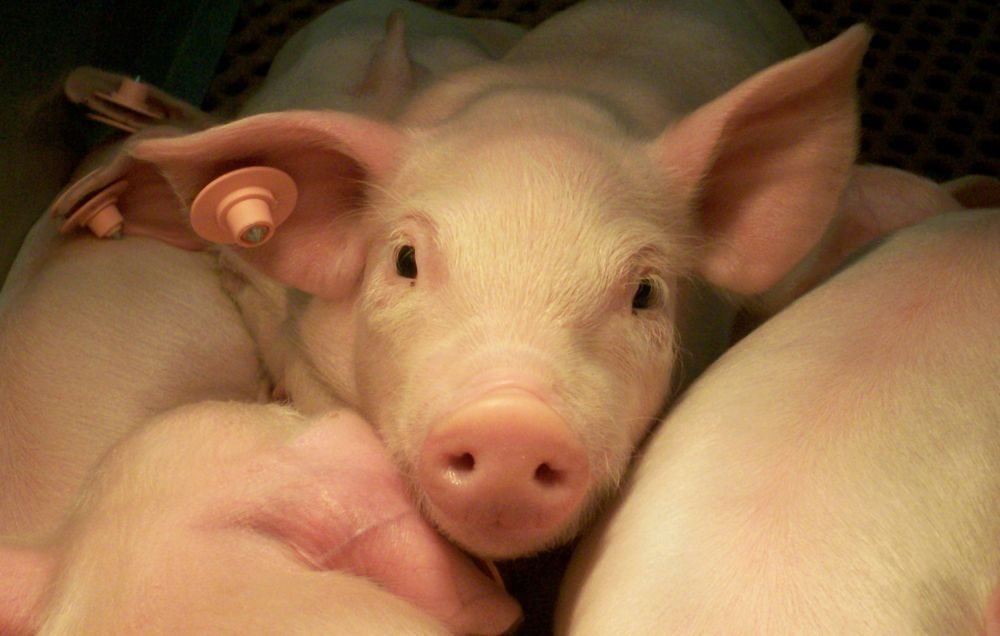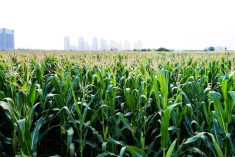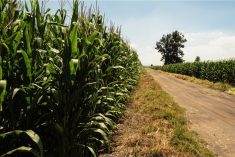Reuters — The U.S. hog herd grew slightly in the September-November quarter versus a year ago, a U.S. Department of Agriculture report showed on Wednesday, amid increased supplies as the industry recovers from a deadly pig virus hurt that farmer profit, said analysts.
“Concern about profitability was a major issue. What kept producers from really pulling back hard on herd growth was that they didn’t start to lose money until the last week in November,” said Allendale Inc chief strategist Rich Nelson.
The USDA report showed the U.S. hog herd as of Dec. 1 at 101 per cent of the year-ago level, at 68.3 million head. Still, it was the biggest inventory for December since the government began compiling the quarterly data in 1988.
Read Also

U.S. grains: Wheat futures rise on supply snags in top-exporter Russia
U.S. wheat futures closed higher on Thursday on concerns over the limited availability of supplies for export in Russia, analysts said.
Analysts, on average, expected 68.793 million head, or 101.5 per cent of the year-earlier herd.
The U.S. breeding herd was 101 per cent of the year-ago level, at 6.002 million head, compared with average trade expectations for 100.8 per cent, or 5.986 million.
The Dec. 1 supply of market-ready hogs for sale to packers was 101 per cent of a year earlier at 62.3 million head. Analysts, on average, expected a 1.6 per cent increase, or 62.827 million.
Analysts viewed Wednesday’s report as generally neutral for hog futures because most of the results were nearly in line with trade forecasts.
Nelson, however, pointed to the sizable decline in the data for heavyweight hogs coming to market versus the lightweight categories. He said that this implies “a quick drop in slaughters” ahead.
“This shows very clearly that we’ve got to put some more premium on February-through-June Chicago Mercantile Exchange hog futures,” he added.
Jim Robb, director of the Colorado-based Livestock Marketing Information Center, was struck by the larger-than-expected pigs per litter result, the category most affected by the porcine epidemic diarrhea virus (PEDv).
Pigs per litter were at 10.53 during the autumn period, or 103 per cent of the 10.23 a year ago. This is a new record for the quarter.
Vaccines and increased biosecurity measures significantly reduced the severity of the virus that has killed an estimated eight million pigs since March 2013.
“It looks like we’ve bounced back from all of the impacts of PEDv. This pigs per litter number is pretty phenomenal,” said Robb.
— Theopolis Waters reports on livestock markets for Reuters from Chicago.




















